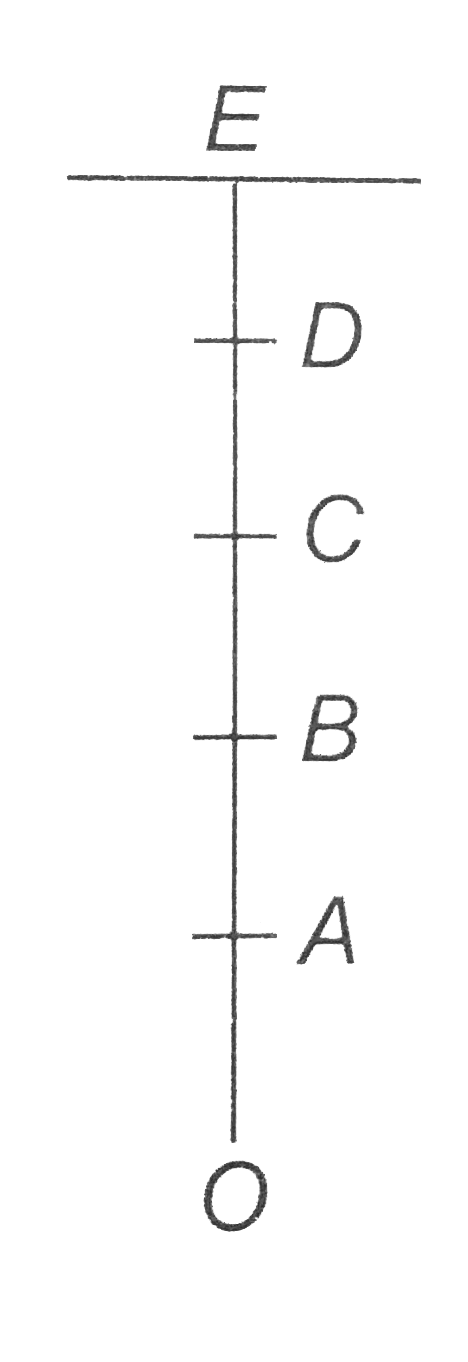A
B
C
D
Text Solution
Verified by Experts
The correct Answer is:
Topper's Solved these Questions
Similar Questions
Explore conceptually related problems
Knowledge Check
A
B
C
D
A
B
C
D
A
B
C
D
A2Z-PROPERTIES OF MATTER-Problems Based On Mixed Concepts
- The length of wire OE is divided into five equal parts OA, AB, BC, CD ...
Text Solution
|
- A 40 kg boy whose leg are 4cm^2 in area and 50cm long falls through a ...
Text Solution
|
- A light rod of length 2 m is suspended from the ceiling horizontally b...
Text Solution
|
- A uniform rod of length l, mass m, cross-sectional area A and Young's ...
Text Solution
|
- If the ratio of lengths, radii and Young's moduli of steel and brass w...
Text Solution
|
- Wires A and B are connected with blocks P and Q, as shown, the ratio o...
Text Solution
|
- A metal cylinder of length L is subjected to a uniform compressive to ...
Text Solution
|
- A uniform rod of length l, mass m, cross-sectional area A and Young's ...
Text Solution
|
- A metal wire of length L1 and area of cross section A is ttached to a ...
Text Solution
|
- A stone of mass m tied to one end of a wire of length L. the diameter ...
Text Solution
|
- Assuming that shear stress at the base of a mountain is equal to the f...
Text Solution
|
- Two strips of metal are riveted together at their ends by four rivets,...
Text Solution
|
- Two blocks of masses 1 kg and 2 kg are connected by a metal wire going...
Text Solution
|
- A uniform cylindrical wire is subjected to a longitudinal tensile stre...
Text Solution
|
- Young's modulus of brass and steel are 10 xx 10^(10) N//m^(2) and 2 xx...
Text Solution
|
- A material has normal density rho and bulk modulus K. The increase in ...
Text Solution
|
- A rubber rope of length 8 m is hung from the ceiling of a room. What i...
Text Solution
|
- The length of a metal wire is l1 when the tensionin it is T1 and is l2...
Text Solution
|
- A wire is suspended vertically from a rigid support. When loaded with ...
Text Solution
|
- If the volume of a wire remains constant when subjected to tensile str...
Text Solution
|
